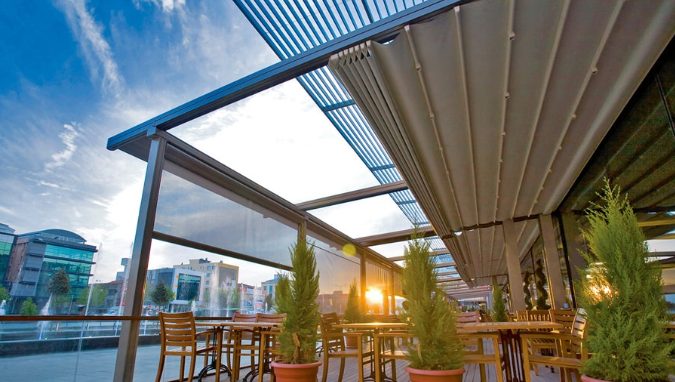The psychology of choosing a shade sail colour
Whether you want to transform your shaded outdoor area with an aesthetic appearance that is light and airy, bold, and sophisticated, or any combination in between, you will be spoilt for choice as there are so many shade sail colours to choose from. Are you wanting the shade sail to blend into its surrounds or to stand out as a striking design feature? Matching shade sails to the colour of the existing structures will create a seamless aesthetic, while combining multiple shade cloth colours will add depth to a design and create visual interest that looks modern and bespoke. Different shade sail colours create different ambiences. Bright and light White is timeless and always looks beautiful against a bright blue sky. While all high-quality shade sails provide excellent sun protection, lighter colours let in more light but may offer slightly less UVR protection than darker coloured sails. Play it cool The earthy shades of beige, pale sandy fawn, and light yellowish-brown compliments most colours other than grey and works well at a pool setting or near water as its calm, neutral tone creates an outdoor space that feels relaxed and laid back. Welcoming Regardless of the hue of blue you choose for your shade sail, you will create a space that feels welcoming and calming. Dark and dramatic Black is the most classic and sophisticated of all colours, compliments its surrounding, and blends in well with the outdoors. While darker colours may allow less light and UVR penetration, they are known for hiding the dirt well, which is great if you are after a lower maintenance option. Go designer Grey shade sails blend beautifully with nature’s hues and is the choice for many a designer, who are looking for a blended solution. Fun and playful Bold and bright shade sails are fun, playful, and stand out. Combining colourful shade sails create an ultra-modern contrast and ideal for bigger spaces like children’s play areas, and hospitality and commercial areas. Branding The colours you choose should also be considered as an extension of your brand if you are using the space commercially. Brewdog in Brisbane is a good example of choosing colours that complement the colourful design of their walls and creates a cheerful feeling when you enter the space. Top sail fabrics Sadly, not all shade fabrics are created equal. They differ in UVR effectiveness, warranty lengths, cloth quality and strength. This article will help you better understand which fabrics we recommend and what their strengths are. Shade structure styles Colour may be the first thing we notice when looking at a shade structure, but the shade structure and style is important too, as it can have as big an impact on a space as the colour. It may be worth having a quick read through our write-up on the different types of structures to get a better sense of what is possible. Waterproof If you are thinking of choosing a waterproof structure, the colour options are different to normal shade fabric. These PVC colour brochures cover all waterproof solutions. Structure Colours Another colour consideration is the steel used in the construction itself. There are multiple powder coat colours to choose from. Have a look at these brochures to get an idea of what is available. Conclusion The colours you chose will impact the amount of maintenance required, UVR absorption, heat as well as whether the shade structure is on trend. It is worth taking your time to choose the right colour however if you do feel like a change over time, it is easy to change.






